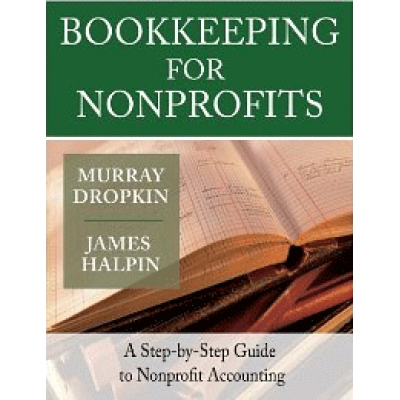Installment Sales 2020 - 2 CPE Credit Hours

An installment sale is a sale of property where one or more payments are received after the close of the tax year. This mini-course discusses the particulars of installment sales, including requirements, calculation, and pitfalls. Cross issues such as a combined installment sale and like-kind exchange, the impact of related parties, pledging, repossession and contingent payments are reviewed. Also, the importance of recognizing the dangers of dealer status, inventory, purchase price allocation, and installment note disposition are emphasized.
Completion Deadline & Exam: This course, including the examination, must be completed within one year of the date of purchase. In addition, unless otherwise indicated, no correct or incorrect feedback for any exam question will be provided.
Course Level: Overview. This program is appropriate for professionals at all organizational levels.
Field of Study: Taxes
Prerequisite: General understanding of federal income taxation.
Advanced Preparation: None
Learning Assignment & Objectives
As a result of studying the assigned materials, you should be able to meet the objectives listed below.
ASSIGNMENT
At the start of the materials, participants should identify the following topics for study:
* Installment method
* Installment income
* Imputed interest & OID
* Related party sales
* Like-kind exchanges
* Contingent payments or price
* Sale of a business
* Dealer dispositions
* Installment notes in excess of $5 million
* Dispositions of installment obligations
Learning Objectives
After reading the materials, participants will be able to:
1. Recognize the importance, particularly in tax deferral, of the installment method and, identify §453 requirements and installment method terminology.
2. Specify the imputed interest, OID and §1038 repossession rules affecting installment sales and subsequent repossessions.
3. Identify the following §453 pitfalls and complexities: the related party limitation, the regulations governing the use of the installment sale method in like-kind exchanges and the contingent payment sale rules.
4. Determine how to allocate and report installments payments among identified asset classes using R.R. 76-110 and the residual method recognizing §453 prohibitions on certain assets regarding dealer dispositions and inventory.
5. Identify the amount of interest payable on tax-deferred income when §453 dispositions exceed $5 million and circumstances considered taxable dispositions of installment obligations to determine when any gain or loss is recognized.
After studying the materials, answer the exam questions 1 to 10.






